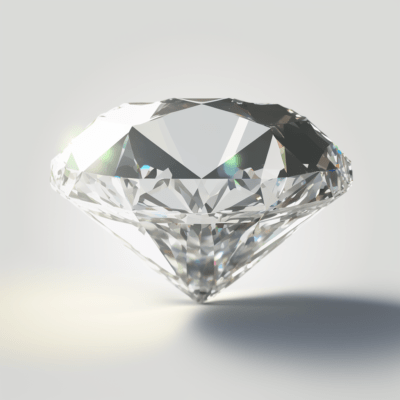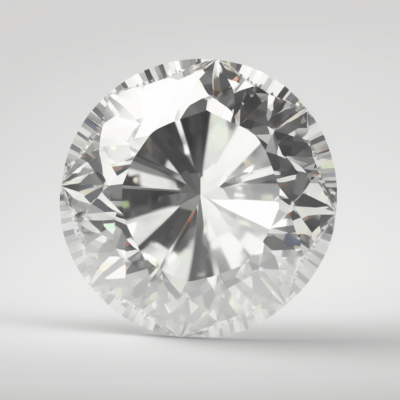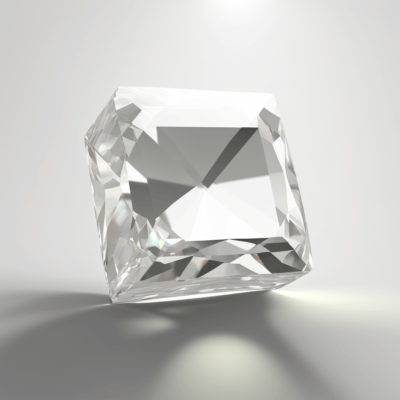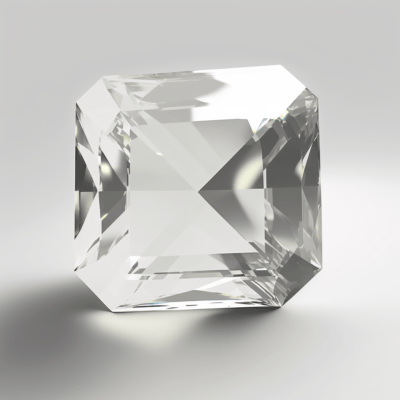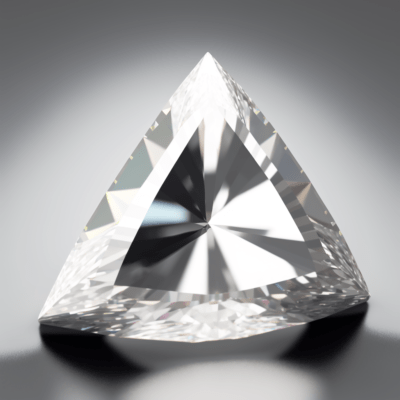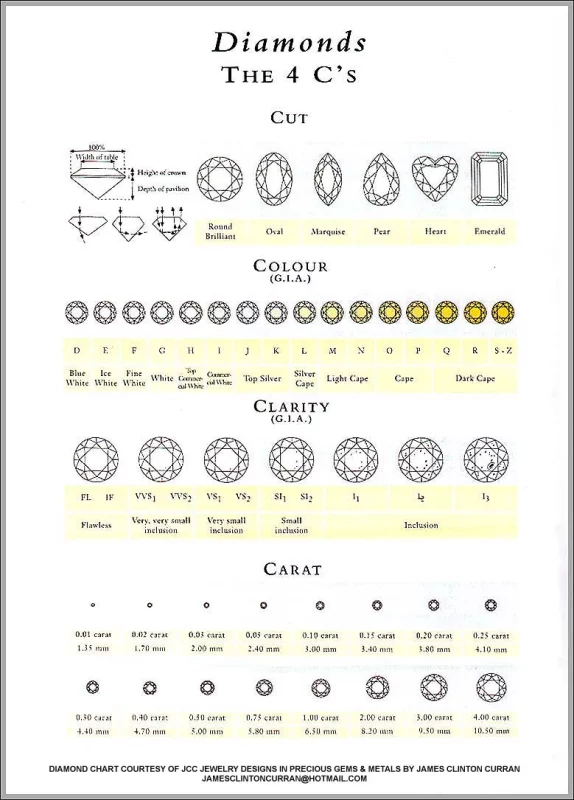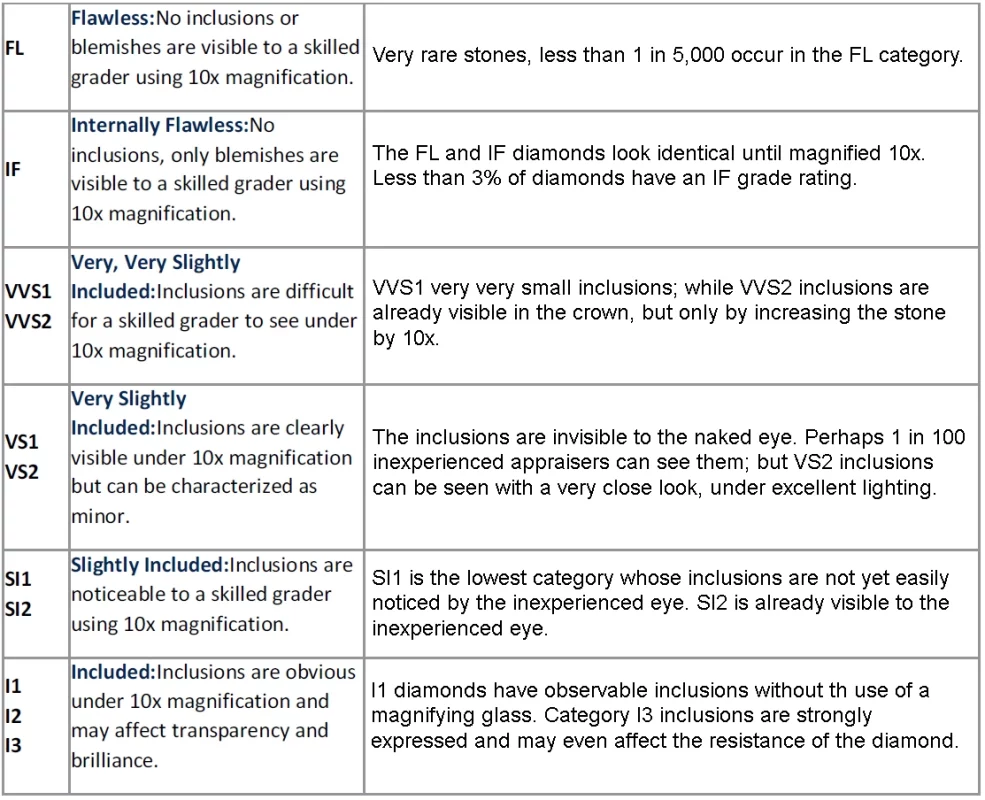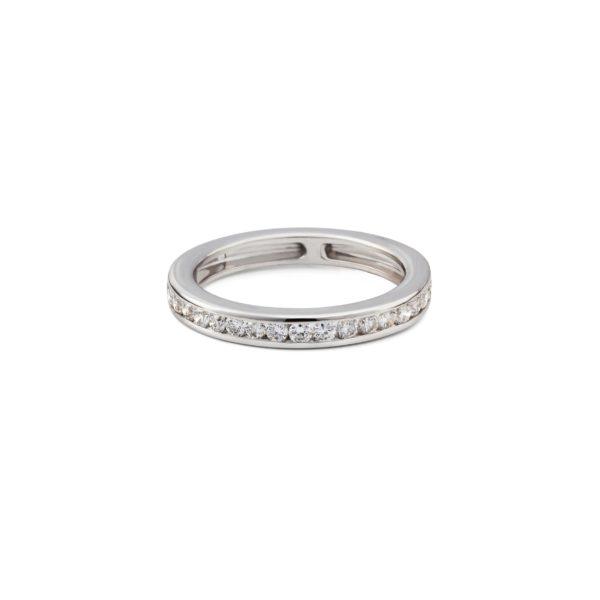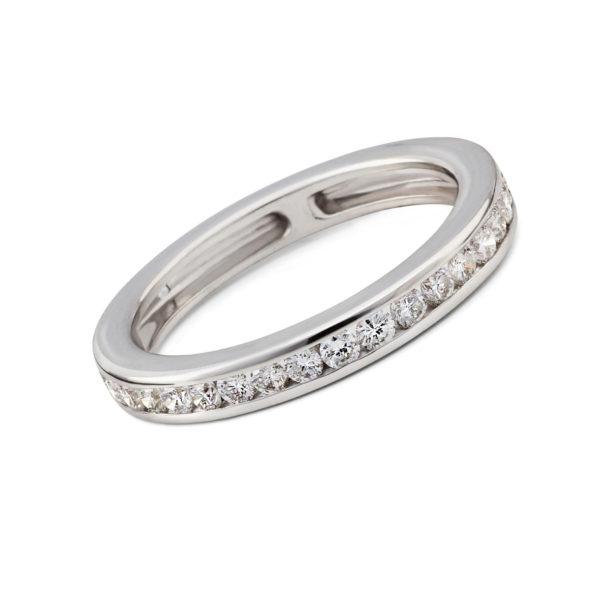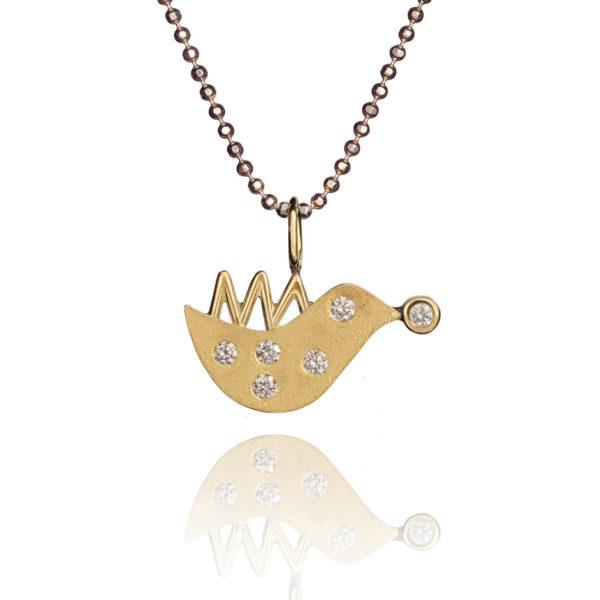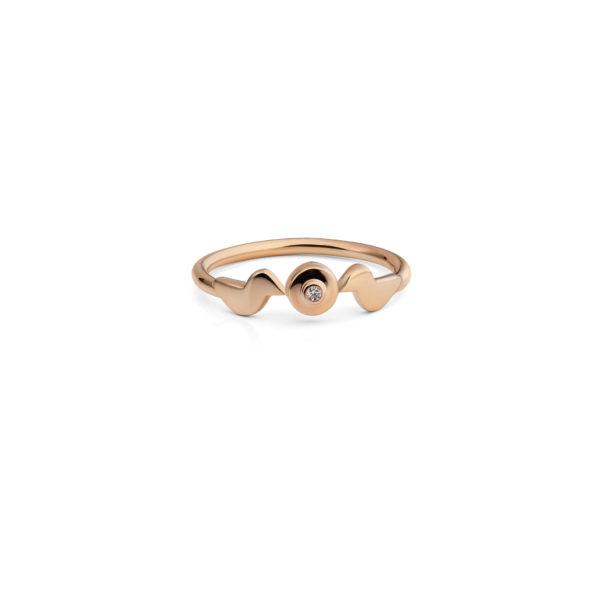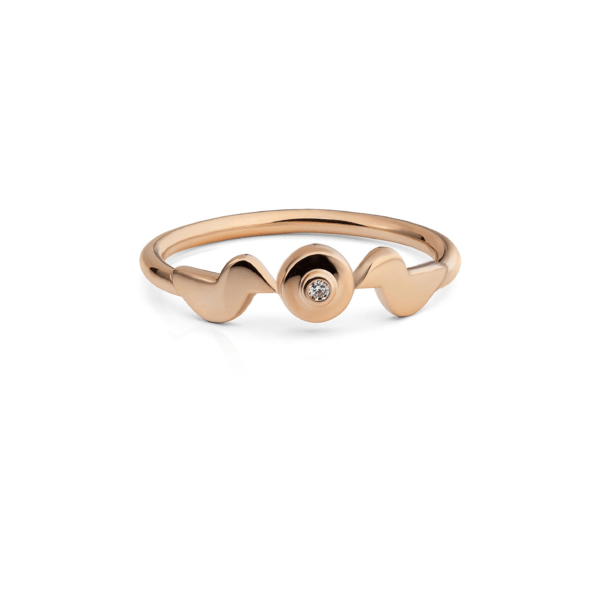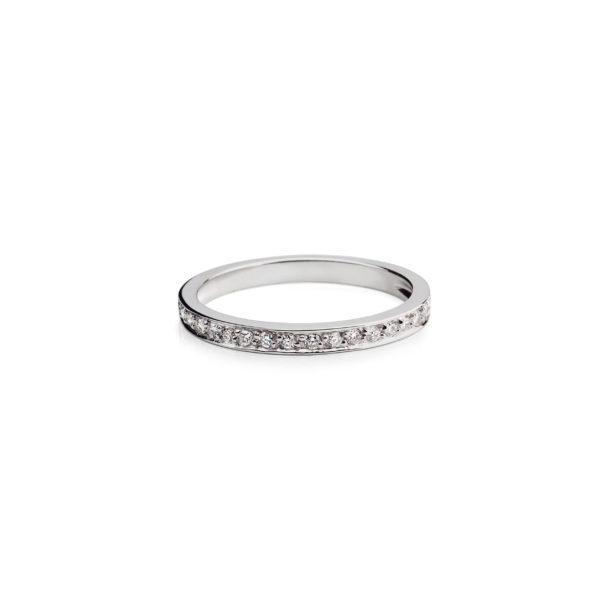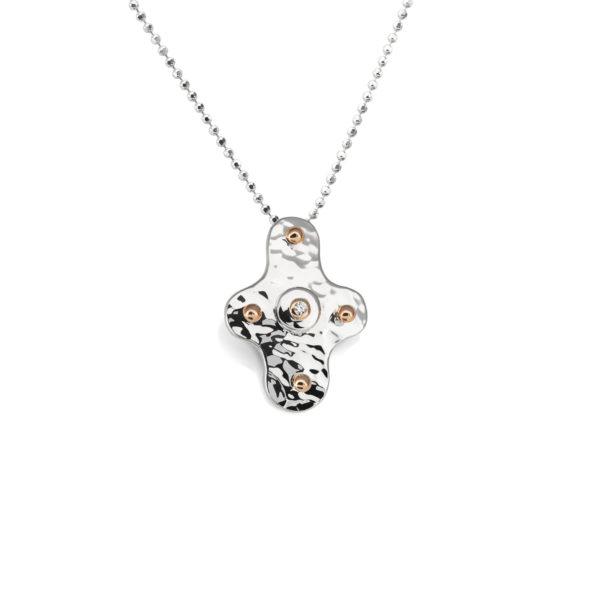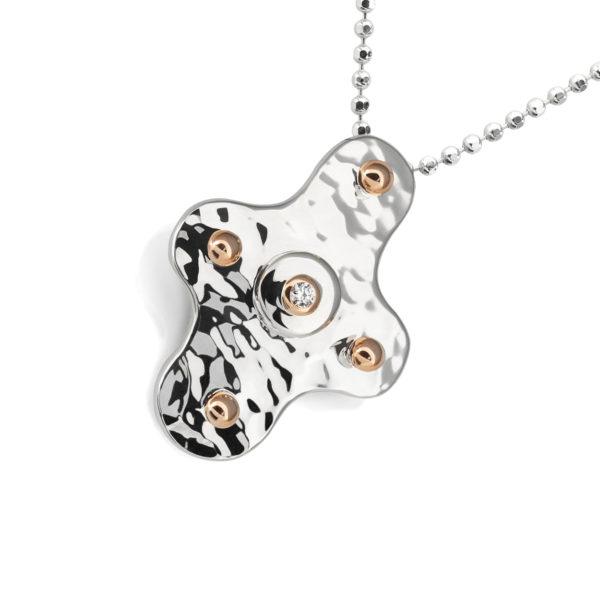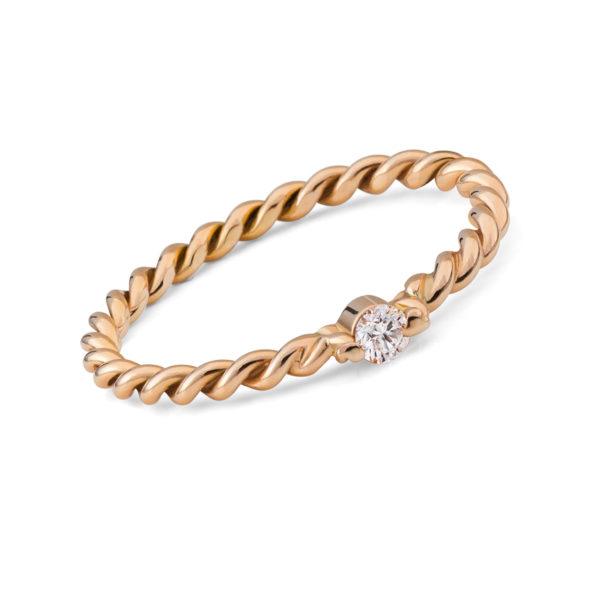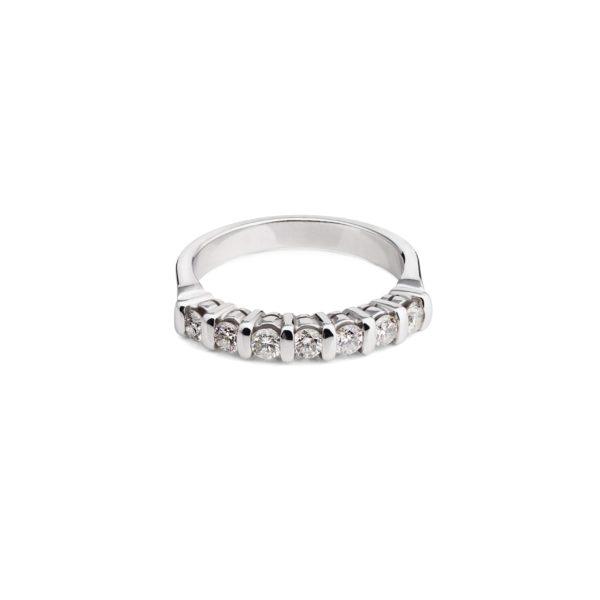Diamond: The Timeless Gemstone
When you think of diamond: the timeless gemstone, the first thing that comes to mind is probably their brilliance, fire, and everlasting elegance. But there’s more to these gemstones than just their appearance. Diamonds are a form of carbon that have been subjected to intense heat and pressure deep within the earth, resulting in the creation of the hardest naturally occurring substance on Earth. Resistant to all acids and alkalis and also from other types of carbon. It is not for nothing that the origin of the name of the stone is associated with the Greek word adamas – “invincible.”
The diamond is normally clear, but not necessarily colorless. In terms of price (from cheapest to most expensive), diamonds are ranked as follows: yellow, brown, champagne, green, pink, blue, and finally rich red. According to color, diamonds are graded using letters of the alphabet from D (completely colorless) to Z (visible colors).
Stones are weighed in carats (ct.) One carat = 200 milligrams. The heavier the stone, the more expensive it is. To be considered investment diamonds, the stones start at 1 ct. and their color corresponds to the D – G tier color gradation (the most white), good cutting, with recognized laboratory certificates. The stones are evaluated by gemologists. (Gemology is the science of stones).
How do Diamonds form?
Diamond is very hard to break, sure… However, it can be affected by oxygen and fluorine at temperatures between 600 and 800 degrees Celsius. At 3700 – 4000 degrees Celsius, the diamond can be melted. In addition, diamonds are not made up of carbon alone – they can contain silicon, iron, titanium, magnesium, calcium oxides, nitrogen and other impurities.
Diamonds come in a variety of colors, including colorless, yellow, brown, and even black, but the most popular and valuable color is the colorless diamond. The color of a diamond is determined by the presence of impurities or structural defects in the crystal lattice.
Diamonds are found in craters ranging from 10 to 1300 m. wide, which are filled with fragile rocks. Most mines are located in Canada, Russia, Africa and Australia. Diamonds form at a depth of about 100 – 200 km. where the surrounding temperature reaches 1000 – 1100 degrees Celsius and enormous pressure is created. After spending billions of years in the depths, diamonds are blown to the surface during volcanic explosions, lifted by magma.
Some of the most famous diamond mines include those in Africa, Russia, and Canada. The largest diamond ever found weighed over 3,106 carats and was found in South Africa.
The prices of investment diamonds start from 5000 – 6000 Eur. World-renowned laboratories: GIA (American Institute of Gemology), HRD, IGI – not only issue certificates, but also engrave (inscribe) diamonds with a laser. The certificate must indicate not only the characteristics of the diamond, but also the date and the certificate number.
When an investment diamond is incorporated into a piece of jewelry, it performs a dual function – it adorns and preserves its value. Colored diamonds (fancy) are considered an investment from 0.25 ct. weight because they are rarer – especially pink and blue. There are units of red diamonds in the world. According to the 4C Diamond Rating System: Not only weight and color are important when choosing diamonds.
Worldwide, diamonds are valued according to the “4 C” methodology:
Cut
Clarity
Color
Carat weight
The U.S. Institute of Gemology (GIA) developed such a methodology in 1939. It is generally said that the more faceted a diamond is, the stronger it will shine. The level of ribbing can range from ideal to bad. A cut diamond is called a brilliant.
The value of a brilliant or diamond can be checked in the Rapaport table, which is updated and published weekly. The world’s main diamond providers (mines): De Beers, Rio Tinto, AlRosa. It is said that global diamond mines are starting to dry up and due to that as early as 2050 there will be a diamond deficit in the market.
Diamonds are also incredibly durable gemstones, with a hardness of 10 on the Mohs scale, making them ideal for jewelry that is worn on a daily basis. They’re a popular choice for engagement rings, wedding bands, and other special occasion jewelry.
But diamonds aren’t just beautiful gemstones. They also have a rich history, with references to diamonds dating back to ancient times. They have been used as symbols of power, love, and wealth throughout history, and are often associated with luxury, prestige and romance.
Whether you’re drawn to the story of diamond: the timeless gemstone, or attracted to its brilliance, durability, or rich history, there’s no denying that these gemstones are truly special. And, the next time you come across a diamond, whether in a jewelry store or on display, take a moment to appreciate the natural wonder that is this gemstone.


 Lietuviškai
Lietuviškai Español
Español
